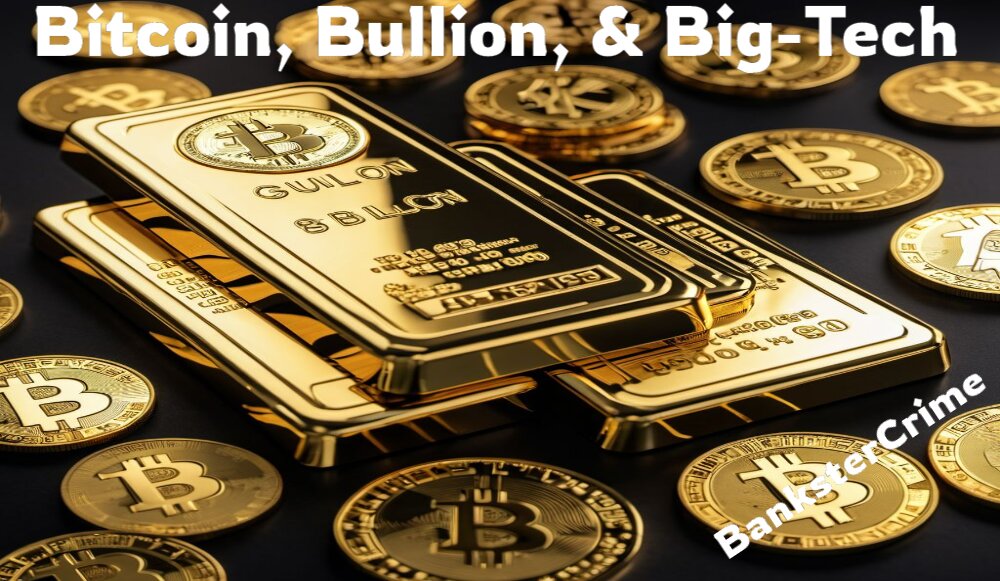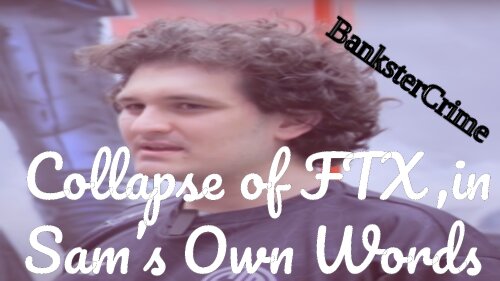The Most Recent Accounting of the Financial Damages Incurred During What May Be One of the Largest Ever Frauds Is That the Defunct Crypto Exchange FTX Owes Customers $8.7 Billion, According to the Company’s Current Management

Many people and businesses have lost significant sums of money as a result of the FTX cryptocurrency exchange's collapse.
On Friday, Sam Bankman-Fried's cryptocurrency exchange, FTX, filed for bankruptcy. Once making Bankman-Fried a multibillionaire and prominent Democratic donor, the company's value has since plummeted. But the fallout from Bankman-Fried's company has affected more than just him personally. Many well-known people and companies are likely to lose millions as a result of the current economic climate.
Here is a rundown of the people who have lost out due to FTX's demise.
THE HISTORY BEHIND FTX'S BREATHTAKING FALL INTO BANKRUPTCY
In 2021, Tom Brady and his ex-wife Gisele Bundchen were among a group of famous people who invested heavily in FTX in exchange for equity stakes. The quarterback for the Tampa Bay Buccaneers is missing most of his. In 2022, Brady starred in an advertisement for FTX.
Other athletes, including Stephen Curry of the Golden State Warriors, Naomi Osaka of tennis, and Shohei Ohtani of the Los Angeles Angels, had previously signed contracts with FTX to promote the company.
Several large investment firms have also experienced significant losses. Forbes reports that the company was once valued at around $200 million, and that the Silicon Valley-based venture capital fund Sequoia Capital owned 1% of the company. The Temasek Investments Limited of Singapore and the Paradigm Investments Limited of the United Kingdom both made investments in FTX.
With regard to PACs, Bankman-Fried was actively involved in politics and was ranked as the year's second-highest donor to Democrats. Many PACs will be left without funding in the future as the crypto billionaire's finances evaporate, which could have serious consequences for future Democratic campaigns.

he second report of John J. Ray III and his FTX restructuring team (the “debtors”) was released on Monday, June 26, and it’s a doozy. The report firms up our sense of specific financial flows, including the use of customer funds for political donations and venture capital investments at defunct crypto exchange FTX and related hedge fund Alameda Research. Among those are many flows to entities controlled by friends and family of Sam Bankman-Fried, reinforcing the picture of a vast and coordinated criminal effort.
More explosively, the report claims that FTX executives were aware as early as August 2022 that the exchange was missing more than $8 billion in customer funds. This recasts many statements made by executives like Caroline Ellison, and especially by FTX CEO and co-founder Sam Bankman-Fried himself, in the following weeks and months.
Even more damning, the report describes Bankman-Fried getting very hands-on in furtherance of the overall fraud.
Two notes before diving in: First, all of the following are allegations made by the FTX liquidators. The claims may or may not surface or be confirmed in the separate criminal trial against Sam Bankman-Fried, currently scheduled to begin in October. And second, for clarity, I’ll be referring throughout to “customer funds” interchangeably with “commingled funds,” because by their nature, the vast majority of commingled funds would have in reality been customer funds.
While the details are spicy, the main course of the report is the following big bowl of spaghetti, representing the flows of FTX customer funds. Note how many flows end at “to be determined” – the recovery team’s work, clearly, is not yet done. Highlights of this mess include the claim that $20 million of FTX customer funds went to Guarding Against Pandemics (GAP), a quote-unquote “nonprofit” run by Gabe Bankman-Fried, Sam’s brother. Though this funding was already known, the report seems to be the first authoritative claim that funding to GAP came from specific bank accounts full of commingled (that is, customer) funds. This deepens existing questions about the Bankman-Fried family’s knowledge of and participation in the fraud.
Then there are the (again quote-unquote) “venture investments.” These were seemingly not real investments, but rather financial cutouts primarily created to recycle and obscure stolen FTX user funds. The new report specifically describes the “investment” of $450 million worth of FTX customer funds into an entity called Modulo Capital founded by two known Bankman-Fried associates, Duncan Rheingans-Yoo and Xiaoyun “Lilly” Zhang. According to the New York Times, Yoo was only two years out of college, and Zhang (like Caroline Ellison) was a former romantic partner of Bankman-Fried.
Finally on the money front, we get some new insight into the massive personal loans that went to FTX executives, many meant to fund political donations (themselves wildly illegal). The debtors’ report makes the important claim that “the evidence identified by the Debtors indicates the transfers were ‘loans’ in name only.”
Moreover, the report claims that by August 2022, FTX executives and Alameda's Caroline Ellison privately estimated the exchange owed customers over $8 billion in fiat. "They did not disclose the shortfall," the report reads, adding the missing funds were hidden in a fake account referred to internally as belonging to “our Korean friend.” That account was known, but I’m not aware of any authoritative claim that execs knew about the shortfall as early as August. This would be incredibly bad for Sam Bankman-Fried, who made countless representations to FTX’s rock-solid finances after that, further clarifying his fraudulent machinations.
But the report also makes a claim that would somehow be even worse for SBF if it were demonstrated in his criminal case. It describes a “Payment Agent Agreement” intended to make the flow of FTX customer deposits through Alameda Research bank accounts look intentional, rather than some mix of negligence and fraud. While the debtors found that the document was created in April of 2021, it was backdated to an “effective date” of June 1, 2019. This was seemingly intended to create the impression that FTX customer funds had always flowed through Alameda, intentionally and knowingly. In fact, of course, that flow was an exigent strategy to circumvent banking controls, and it seems to have underpinned the larger fraud.
In short, the payment agent agreement document is evidence of a criminal conspiracy.
And according to the debtors’ report, Sam Bankman-Fried signed the fraudulently backdated document with his own, actual hand: “Notably, while Bankman-Fried regularly executed agreements electronically using DocuSign, which electronically records the date and time of execution, Bankman-Fried signed the Payment Agent Agreement with a wet signature.”
This is just radioactively bad for Bankman-Fried’s criminal defense, for two reasons. First, the one-time use of a physical signature indicates a clear strategy to avoid generating Docusign metadata that might reveal that the document was not signed in 2019. That clearly indicates Bankman-Fried was engaging in conspiracy to commit and conceal fraud.
Second, a physical signature means it’s possible someone actually saw Bankman-Fried sign the document, and/or that it can be clearly established that the signature is his. This would eliminate even the farfetched potential defense that Bankman-Fried’s electronic signature was somehow faked and he was actually unaware of the document.
To reiterate, it’s not certain that these and other facts claimed in the debtor’s report will become part of Bankman-Fried’s criminal trial, but it seems very likely most will. So while we were already pretty sure Sam Bankman-Fried was cooked, it’s starting to look like he’s downright deep-fried.

Be gentle with your skin. Our soaps are kind to your skin and create a creamy, silky lather that is nourishing. Small batches are made by hand. We only use the best natural ingredients. There are no chemicals, phthalates, parabens, sodium laurel sulfate, or detergents. GraniteRidgeSoapworks
Use the code HNEWS15 to receive 15% off your first purchase.
Revelation: A Blueprint for the Great Tribulation


A Watchman Is Awakened


Will Putin Fulfill Biblical Prophecy and Attack Israel?



Newsletter
Orphans

Editor's Bio











